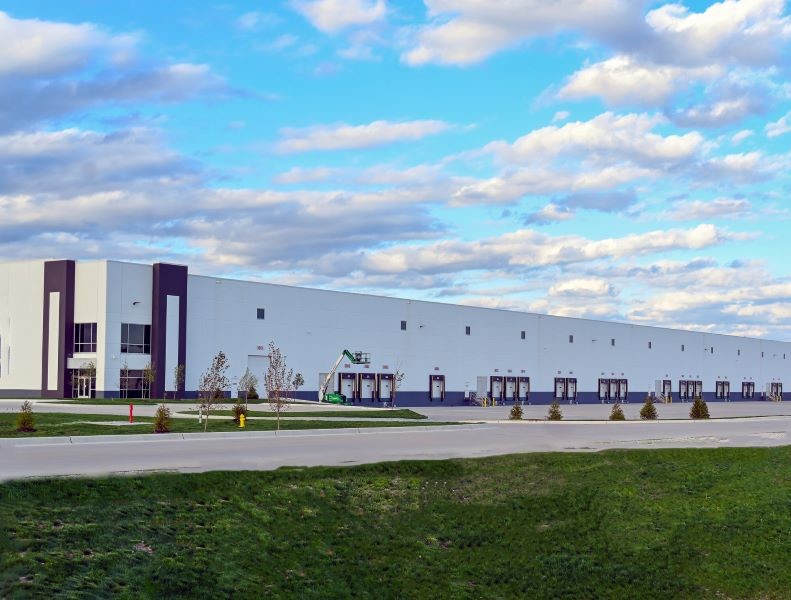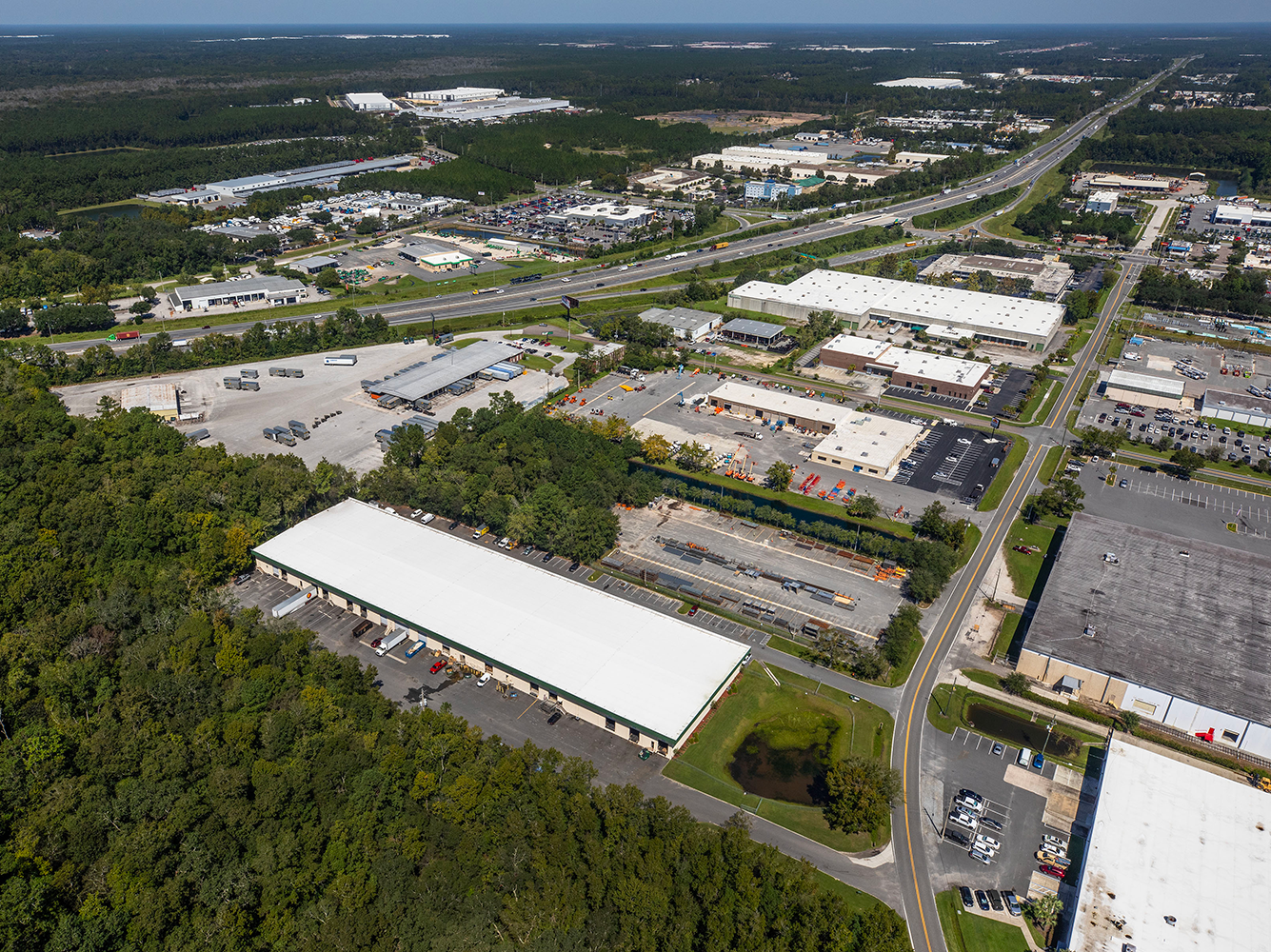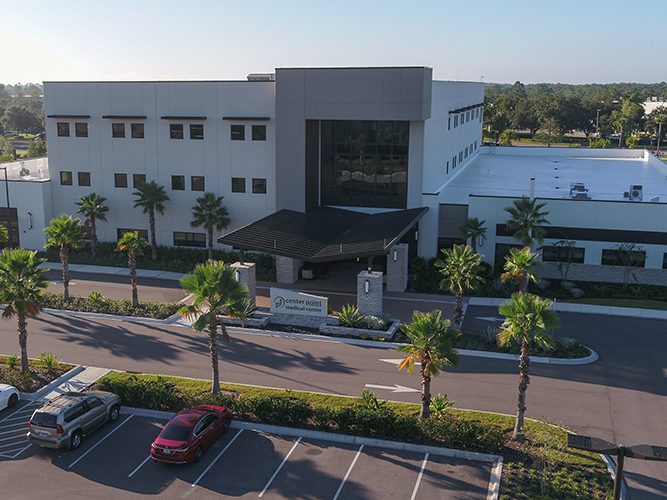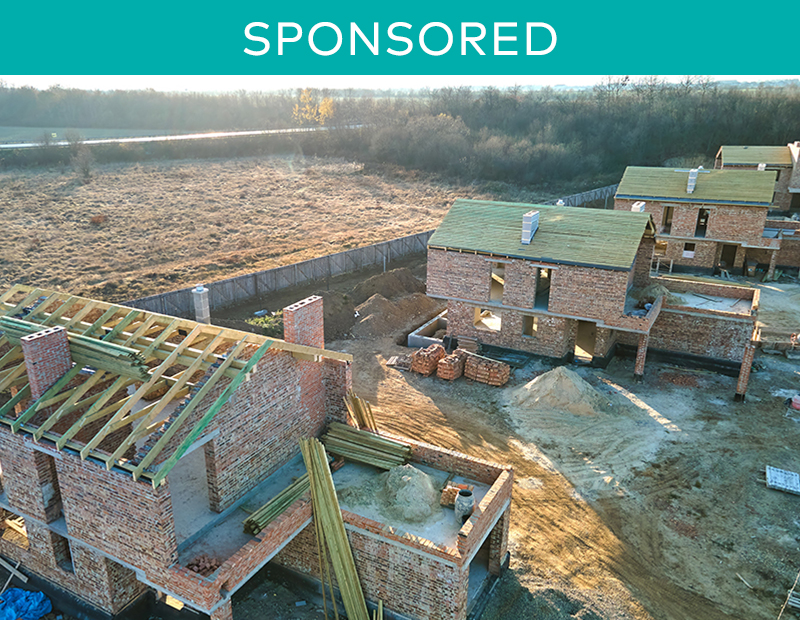Good-Sense Investing: Consider Government-Leased Properties
Stan Johnson Co. Associate Director Albert Muller delves into why net lease investors should consider pursuing this real estate niche.
By Albert Muller, Associate Director
 Leasing a facility to the Department of Veterans Affairs (VA) eliminates one of the most significant business risks a landlord faces: credit risk. The full faith and credit of the AA-rated U.S. Government backs the obligations of the VA, essentially making these leases immune from default. The U.S. Government has never defaulted on an obligation in its more than 240-year existence, and no other tenant has a higher credit rating. The comparatively low risk of leasing to the VA is a great reason to invest in these properties.
Leasing a facility to the Department of Veterans Affairs (VA) eliminates one of the most significant business risks a landlord faces: credit risk. The full faith and credit of the AA-rated U.S. Government backs the obligations of the VA, essentially making these leases immune from default. The U.S. Government has never defaulted on an obligation in its more than 240-year existence, and no other tenant has a higher credit rating. The comparatively low risk of leasing to the VA is a great reason to invest in these properties.
In general, renting property to the U.S. Government is a relatively straightforward process, although leases can include a complexity of detail not typically found in agreements with traditional retailers or office tenants. For example, the government’s standard lease form includes a provision for how the U.S. flag is to be displayed and even includes exact specifications for the form and function of window coverings. Furthermore, the U.S. Government does not enter into triple-net leases, requiring the lessor to pay taxes, insurance and utilities. Despite this, most rental agreements made with the government include rent adjustments if property taxes on the building change in subsequent years, providing excellent investment protection.
Character Considerations
The majority of VA rental opportunities are for buildings less than 10,000 square feet—a smaller building and purchase price makes investment opportunities possible for individual private investors. Base lease terms range from five to 20 years, with a duration of five to 10 years being the norm. And, if the building sells, the federal government automatically assigns the lease to the new owner. This gives buyers an “ace in the hole” that might not exist with another tenant. However, leasing to the U.S. Government also comes with the understanding that it can terminate the contract at any time without recourse.
Therefore, location and need are two important factors to consider. When researching the site, investors should consider what the VA uses the property for, and whether the location is conducive for long-term occupancy. For example, owning a VA-leased property that is contiguous to a VA hospital can offer long-term lease opportunities for several reasons.
First, most hospitals in the U.S. remain in their original location for 50 years or longer. Investing in a VA medical clinic with the location near a VA hospital can provide enormous value, as we often see these lease agreements lasting for decades. Additionally, relocating such a facility would be a costly and lengthy process.
Another reason is that we find ancillary services such as pharmacies, medical device and prosthetics companies, and physicians’ offices located outside the VA hospital. A VA-leased property located among these other providers will be in high demand, giving their patients convenient access to more services.
Because of the U.S. government’s credit strength, property owners can rest assured that their tenant will always pay the rent on time. The VA typically signs long-term lease agreements, so there is a certainty of long-term revenue streams. And there are many examples of VA clinics and hospitals remaining in the same location for decades, adding even more assurances to investors in this real estate niche.







You must be logged in to post a comment.